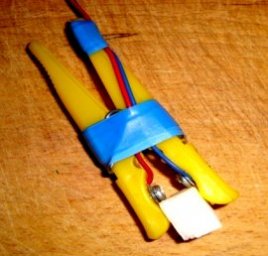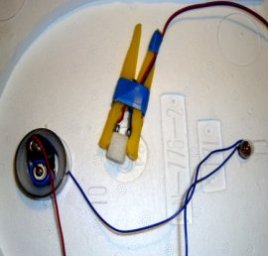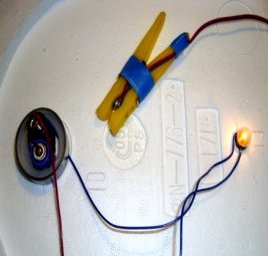Domestic Atmospheric Pressure Experience
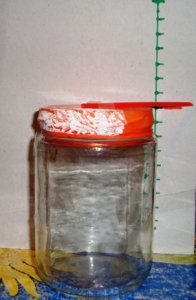 “On how many discoveries we have
“On how many discoveries we have
They're making enlightenments.
And Experience, son of mistakes difficult,
And genius, paradoxes, friend... ”
A. S. Pushkin
ACATUALITY OF PROBLEMS
I didn't take the epitat of the great Russian poet A. S. Pushkin, because most sciences cannot be studied without experience.
I learned from the textbook, “Excuse world”, of the many wonderful phenomena of nature. I wanted to make a mock of natural phenomena and experience them. Inquired about the details of the literature. I thought I'd run the experience myself. I had to be creative and laughing.
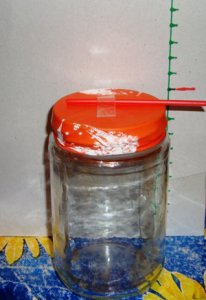 I chose two phenomena of nature:
I chose two phenomena of nature:
Atmospheric pressure.
* Atmospheric sediments (lives).
There is an atmosphere around our globe. The atmosphere is a mixture of different gases, mainly nitrogen (78%) and oxygen (21%). The atmosphere is on the ground [1, 2]. But the influence of the atmosphere cannot be seen in the eyes. We can only feel it when we change our health condition. It's not just a man to understand and learn what you can't see. This might be a barometer. It's measuring atmospheric pressure. But modern barometers are very complex and show digital changes in the atmosphere. I've designed the most simple barometer. It enables the atmospheric pressure to be observed on the membrane of the instrument and makes it a phenomenon of invisible, real (spectible).
 More than 70 per cent of the Earth ' s surface is covered with water. Of the total amount of water, 1 per cent is in the atmosphere, 97 per cent in the oceans and the remainder in rivers, lakes and glaciers. Under the influence of solar heat, water is evaporated and airborne. The air contains this invisible water vapour. The quantity of water vapour in the air is characterized by a humidity indicator. Upwards, the water vapour is cooled and collected in tiny drops of water, forming a cloud. When the drops become large enough, they fall in the form of rainfall (live or snow). The higher humidity, the greater the probability of cloud formation and rainfall [2]. So by building a pilot path, increasing humidity in the atmosphere, we can predict rainfall. I assembled the Rain Deterator, based on the use of atmospheric humidity.
More than 70 per cent of the Earth ' s surface is covered with water. Of the total amount of water, 1 per cent is in the atmosphere, 97 per cent in the oceans and the remainder in rivers, lakes and glaciers. Under the influence of solar heat, water is evaporated and airborne. The air contains this invisible water vapour. The quantity of water vapour in the air is characterized by a humidity indicator. Upwards, the water vapour is cooled and collected in tiny drops of water, forming a cloud. When the drops become large enough, they fall in the form of rainfall (live or snow). The higher humidity, the greater the probability of cloud formation and rainfall [2]. So by building a pilot path, increasing humidity in the atmosphere, we can predict rainfall. I assembled the Rain Deterator, based on the use of atmospheric humidity.
